THEORETICAL AND PRACTICAL JOURNAL "KB"
Roll Pass Designer Library
This section contains books and materials that may be useful to all those interested in the issues of roll pass design and profiling of rolls of rolling mills. If you have materials that you are ready to share, then send them to passdesign@mail.ru.
Commercial use of these materials is permitted only with the consent of the copyright holders.
Commercial use of these materials is permitted only with the consent of the copyright holders.
Roll Pass Design. Volume 1
W. Trinks. Cleveland, Ohio: The Penton Publishing Co., 1933. 208 p.
Nobody can become a violin virtuoso or a pianist solely by reading books on how to play the violin or the piano. For the same reasons, nobody can become an expert roll designer solely by reading this or any other book on roll pass design. This book, taken by itself, will never make a good roll designer of a stenographer or a store room clerk. What the book is intended to do and can do is to help a roll designer to do his work better and more intelligently. It can also help a man to become a roll designer, but not without practice, or, more strongly expressed, years of practice. The theories here explained, which are the result of fourteen years of experimental work, theoretical analysis, and classroom work with experienced roll designers, will keep him from many a mistake and will shorten the process of learning by experience.
Roll Pass Design. Volume 2
W. Trinks. Cleveland, Ohio: The Penton Publishing Co., 1934. 254 p.
The theories and explanations given in Volume I of Roll Pass Design serve one object only, namely the design of rolls and roll passes. It is desirable to test the theories and to enlarge them by studying, one after another, the rolling of the commonly used sections. Such a study shows how far we can apply science, and where art and experience begin. The very nature of such an investigation causes Volume II to be less scientific than Volume I and to approach being a collection of drawings of roll passes. A serious attempt has been made to keep this volume above the level of a mere collection by pointing out, for each section, the underlying theoretical and practical reasons for the shape and size of the passes. Comparison between different methods of rolling a given section also assists in making the book a treatise illustrating the application of principles rather than a catalogue of passes.
Grundzüge der Walzenkalibrierung
Emil Kirchberg. Dortmund, 1905. 82 p.
In vorliegender Arbeit sind die ''Grundzüge der Walzenkalibrierung'' soweit dieselben eine gewisse Regelmäßigkeit zeigen, durch Aufstellung von Regeln, Formeln und Tabellen, wie solche in der Praxis ihre Bestätigung gefunden haben, in gedrängter Kürze festgelegt, wobei sich ergibt, daß viele scheinbare Unregelmäßigkeiten durch die Parabel ihre gesetzmäßige Erklärung finden.
Bei der Konstruktion der Stabeisenkaliber (Zweiter Abschnitt) ist das Prinzip durchgeführt, zuerst, ohne Berücksichtigung der Form des Walzgutes, den Flächeninhalt der einzelnen, aufeinanderfolgenden Kaliber festzustellen und dann erst unter Anwendung von angegebenen Formeln und Tabellen die erstrebte Kaliberform zu ermitteln.
Bei der Konstruktion der Stabeisenkaliber (Zweiter Abschnitt) ist das Prinzip durchgeführt, zuerst, ohne Berücksichtigung der Form des Walzgutes, den Flächeninhalt der einzelnen, aufeinanderfolgenden Kaliber festzustellen und dann erst unter Anwendung von angegebenen Formeln und Tabellen die erstrebte Kaliberform zu ermitteln.
Калибриране на валцови агрегати
Филипов К., Даскалов К. София: Техника, 1978. 365 с.
В книгата са изложеня теоретичните оонови на калябриранвто на балците на различии валиови агрегати при производство го на полуфабрикати, прости и оложни фасонни профили,огънати профили и стоманени топки. Раггледани са сыю и про-блемитв, свързадв с настройването на валцовите агрегати, точността на валцуването, износването на валците и др.
